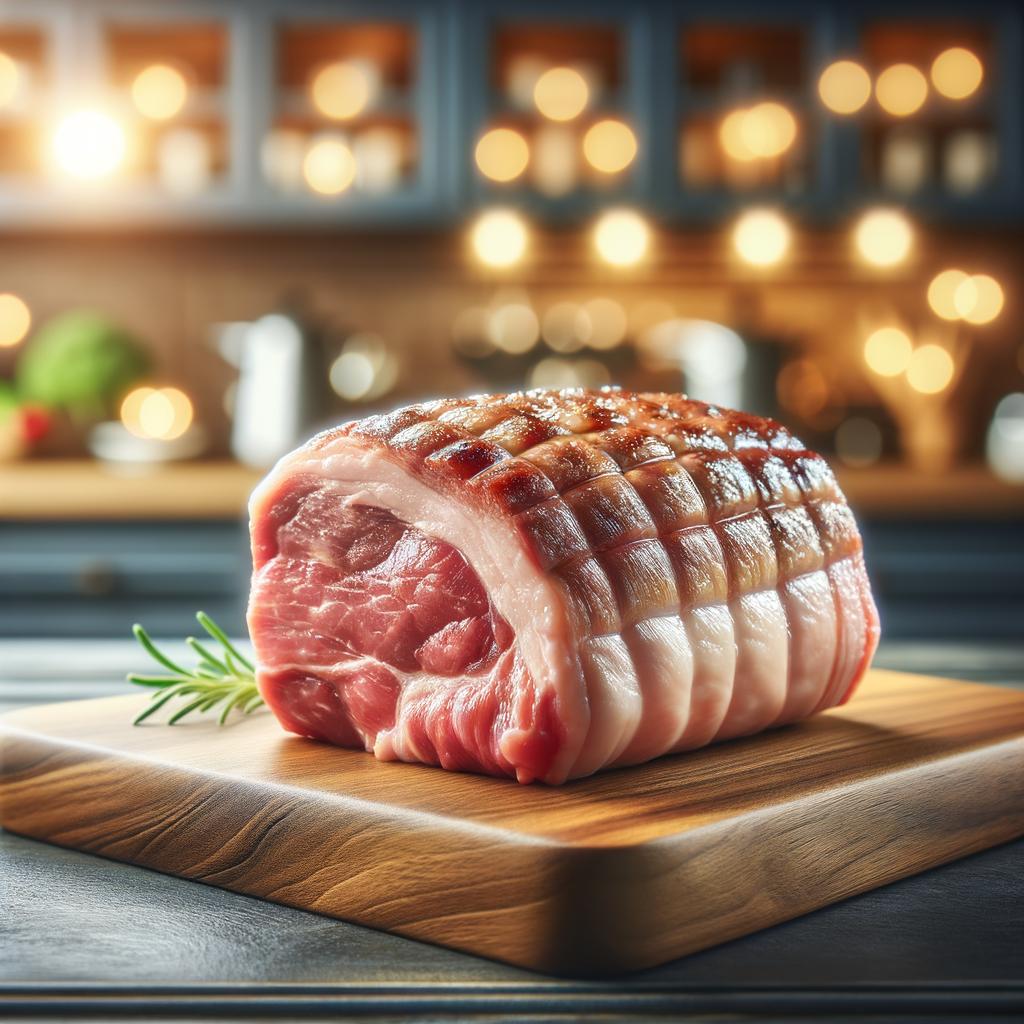Lamb Belly

Description Lamb belly, also known as breast of lamb, is a culinary delight that is often overlooked. This cut of meat is a beautiful, rich, and fatty piece of the lamb, located on the underside of the animal. It boasts a lovely marbled appearance, with layers of meat interspersed with ribbons of fat. The texture is soft and succulent when cooked properly, and the flavor is robust and distinctive, a true embodiment of the lamb's essence. What sets lamb belly apart from similar ingredients is its rich fat content, which, when cooked slowly, renders down, resulting in a melt-in-your-mouth experience that is both indulgent and comforting.
Primary Uses Lamb belly is a versatile ingredient that is commonly used in cooking across a variety of cuisines. In Mediterranean cooking, it is often slow-roasted with a medley of herbs and spices, while in Asian cuisine, it can be found in stews or braised dishes. It is a key component in traditional English dishes such as stuffed breast of lamb. Non-culinary uses of lamb belly are rare, but in some cultures, it holds a place of honor in celebratory feasts and gatherings due to its rich flavor and texture.
History The use of lamb belly dates back to ancient times when no part of the animal was wasted. In the pastoral societies of the Middle East, where sheep were one of the first domesticated animals, every part of the lamb was used, including the belly. Over time, its use spread across the globe, with each culture adding its unique twist to the preparation. There is a romantic notion associated with lamb belly, as it harks back to a time when food was scarce, and every bit of an animal was cherished and utilized. Its popularity has seen a resurgence in recent years, as chefs and food enthusiasts rediscover its unique qualities and potential for delicious dishes.
Nutritional Information Lamb belly, like other cuts of lamb, is a good source of protein, providing essential amino acids. It is also rich in vitamins, particularly Vitamin B12, and minerals like zinc and iron. However, due to its high fat content, it is also calorie-dense. While the fat in lamb belly is mostly monounsaturated, considered a "good" fat, it should still be consumed in moderation as part of a balanced diet. Compared to leaner cuts of lamb, lamb belly has a higher fat and calorie content, but its rich flavor and unique texture make it a worthwhile indulgence for special occasions.

